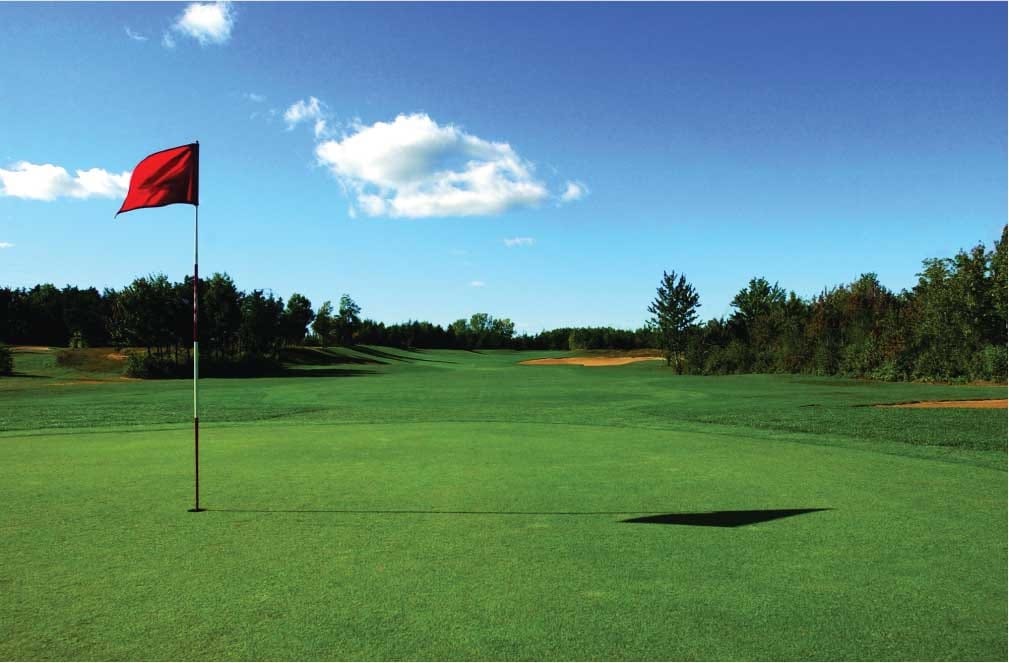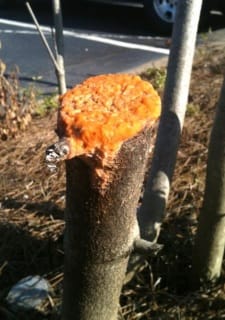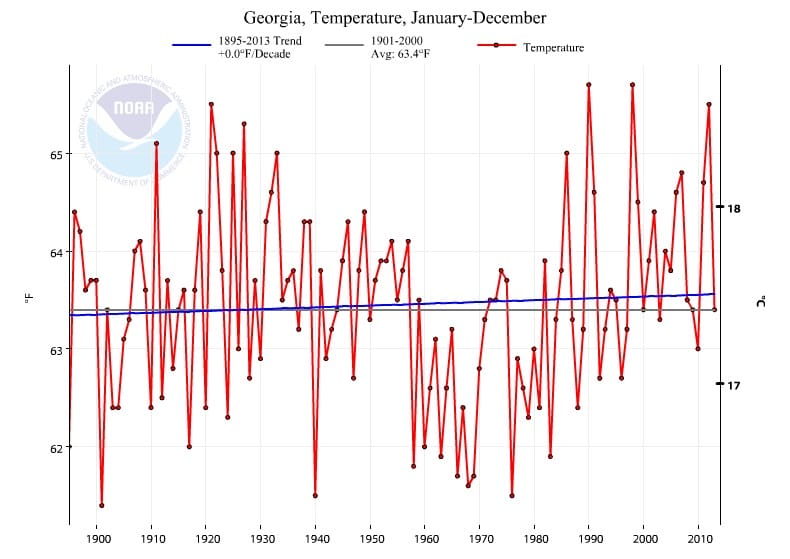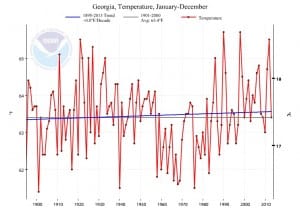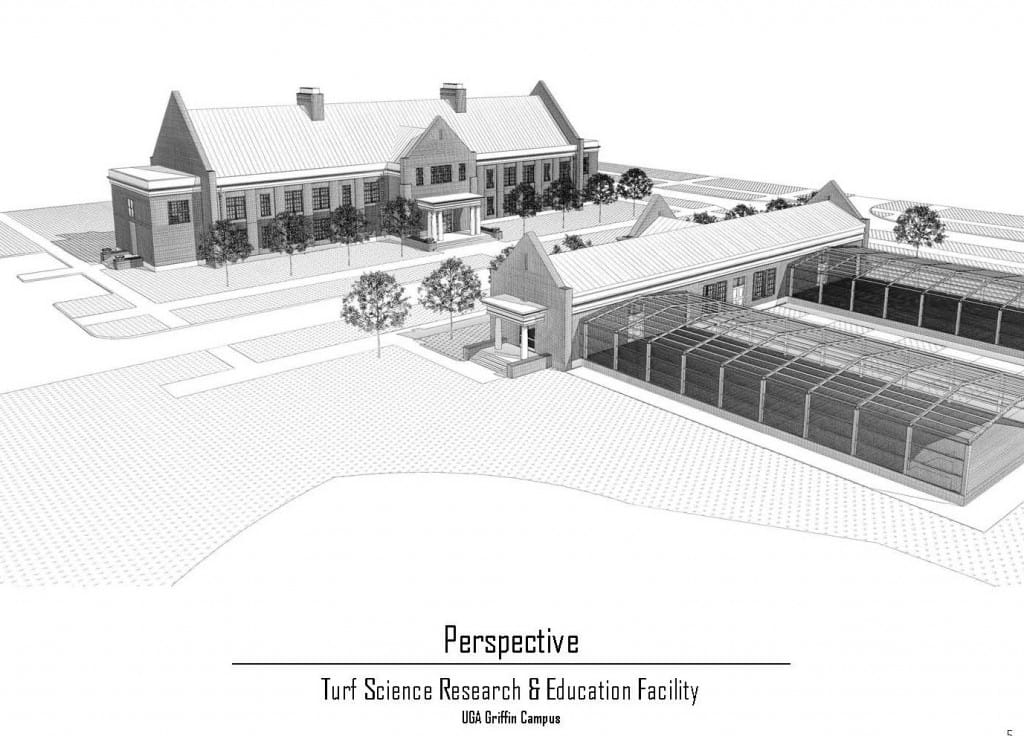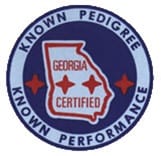 Billy Skaggs, GCIA Seed Certification Program Manager
Billy Skaggs, GCIA Seed Certification Program Manager
Here in Georgia, the Georgia Crop Improvement Association (GCIA) ensures turfgrass professionals can purchase high quality seed and turfgrass sod which are free of noxious weeds, genetically pure, and guaranteed to germinate. GCIA is a non-profit organization, operating as an agent for the University of Georgia.
Certified seed and turfgrass are produced and increased under a limited generation concept that is supervised by GCIA. There are three classes of certified seed and turfgrass:
- Foundation material which is produced from breeder stock
- Registered material produced from foundation stock
- Certified material produced from registered stock.
Each generation increase is field inspected by GCIA.
Turfgrass certification is the only quality control offered for protection of the sod buyer, as state and federal laws do not address vegetatively produced crops. Our turfgrass members produce “blue tag” certified sod which is field-inspected at least three times yearly by knowledgeable inspectors. Each inspector is trained to recognize off-type plants, other crops, noxious and objectionable weeds, which can create unsightly and costly problems in turf.
When only the best will do, many landscape architects specify Georgia certified “blue tag” turfgrass on their projects. When ordering sod or bidding jobs, be sure to specify Georgia Crop Improvement Association “blue tag” certified grass. The blue certificate assures you that the grass provided by your grower has met a rigorous set of inspection criteria designed to promote high quality, true to variety, and weed free turfgrass.
For more information, visit www.certifiedseed.org. And remember, Certified Sod Doesn’t Cost – It Pays!
